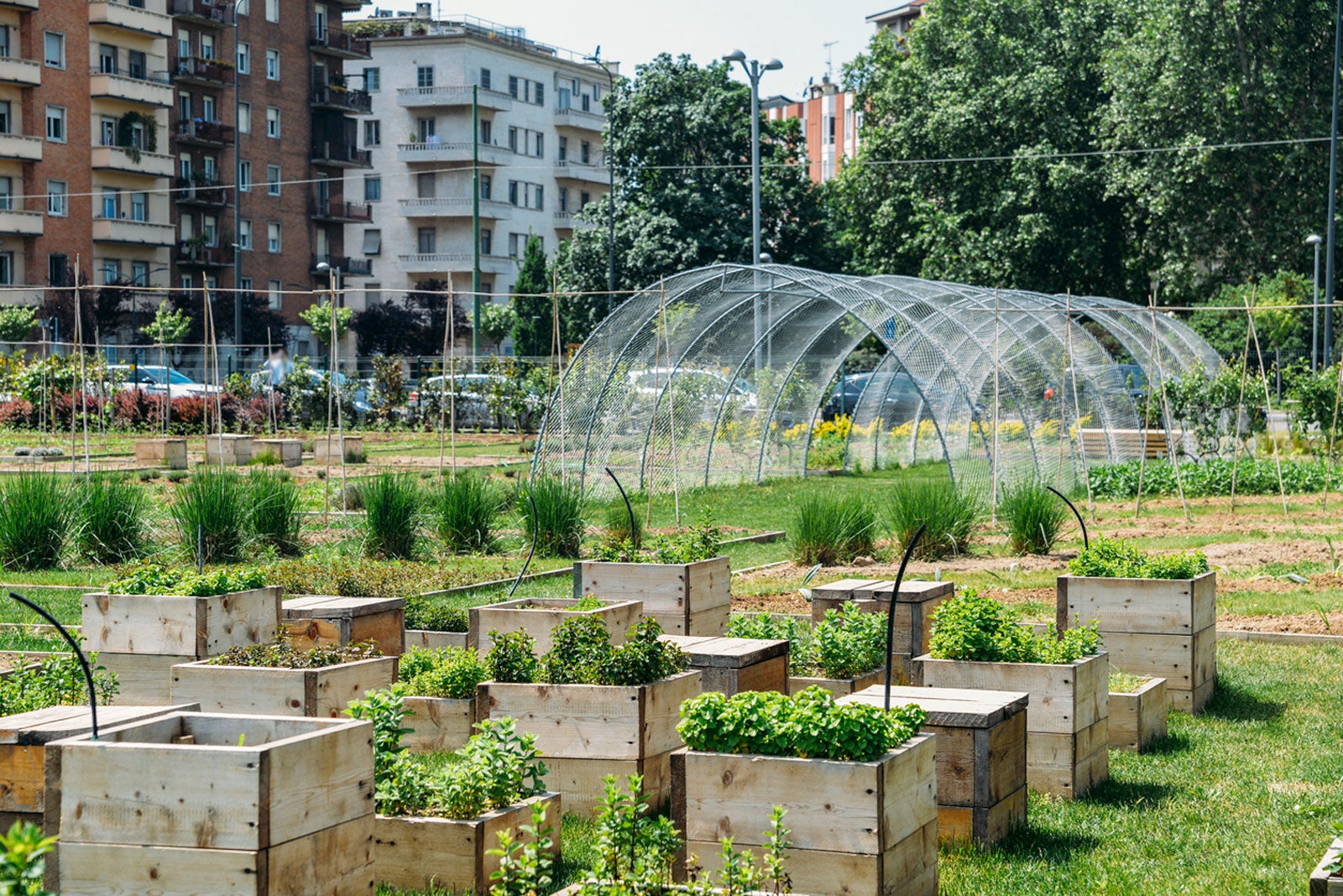Not known Incorrect Statements About City Blooming
Not known Incorrect Statements About City Blooming
Blog Article
What Does City Blooming Mean?
Table of ContentsAll about City BloomingNot known Facts About City BloomingThe City Blooming PDFsCity Blooming Things To Know Before You Get ThisSome Known Incorrect Statements About City Blooming
Interested in growing food to buy in the City of Chicago? Assuming about starting an area yard? Changes to the Chicago Zoning Statute enable farming uses like area gardens and urban ranches in lots of parts of the city. Below is a listing of regularly asked concerns pertaining to the rules and guidelines that cultivators should take into consideration when planning a metropolitan farming job.
The zoning change does not customize any type of other codes dealing with composting, structure authorizations, acquiring or renting City possessed home, company licenses or ecological contamination. There are existing codes that manage these concerns and they stay in full effect and might be relevant to your project. Area gardens are commonly had or managed by public entities, civic organizations or community-based companies and preserved by volunteers.
Urban farms expand food that is meant to be sold, either on a nonprofit or for-profit basis. Due to their commercial purpose, metropolitan ranches require a company permit.
Not known Details About City Blooming
The amount of garden compost material can not surpass 25 cubic yards at any type of provided time according to the criteria in 7-28-715 of the City's Municipal Code. Because the soil at most new garden sites requires modifying, garden compost, dirt, wood chips, or various other materials can be gotten to construct or enhance the growing space.

If a structure license is needed then the hoophouse will be taken into consideration an accessory structure. You can discover more about the building permit requirements by getting in touch with the Department of Structures. The 25,000-square-foot size restriction is intended to avoid a single area garden from controling an offered block or interfering with the block's existing household or commercial personality.
The limit does not apply to gardens found in Public Open Area (POS) areas. Can there be even more than one area garden that is 25,000 square feet on a solitary block? Secure fencing is not needed, however, gardens that have large auto parking locations may be required to install fencing or other landscaping functions.
7 Easy Facts About City Blooming Shown
B1 & B2 areas call for that all business usage activities be carried out indoors. Is fence required for city ranches? Fencings may be called for, along with landscaping and screening, for particular parking locations and outside work or storage areas depending on location and the certain task taking location.
Yes. Urban ranches call for structure permits and zoning approvals prior to construction. Various other forms of city testimonial may be called for depending on specific frameworks, activities, size, landscaping, licensing, public health and stormwater management issues. Most of these needs are recognized in the job style or allowing process, nevertheless, the candidate may be responsible to individually recognize specific licenses or allows that may be called for.
Yes. The sort of permit is established by what is taking place at the website. The Department of Organization Matters and Consumer Protection can help determine the certain kind of business permit that's called for. Yes. Off street car parking is needed for many industrial projects in Chicago. The needed variety of garage is based on the number Recommended Site of workers dealing with site and not the square footage of the expanding area.
Some Of City Blooming

Yes. An urban ranch can sell compost material generated on site, however, the procedure has to conform with the regulations in 7-28-715 of the Chicago Municipal Code. Yes. Aquaponic systems are enabled inside on city ranches in numerous zoning areas. A zoning testimonial and building permit is required in order to install structures or systems and an organization license is called for as described above.
Up to five hives or colonies of honey might be maintained as an accessory use. Beekeepers have to sign up with the Illinois Department of Agriculture. To find out more concerning the proposed zoning change you may speak to the Department of Housing and Economic Development, Bureau of Planning and Zoning at 312.744.8563.
Farming in cities and metropolitan areas A city ranch in Chicago. Urban farming refers to various methods of growing. https://www.merchantcircle.com/blogs/city-blooming-san-francisco-ca/2024/6/City-Gardening-Growing-Urban-Spaces/2755418, handling, and distributing food in city locations. The term likewise relates to the location activities of animal husbandry, tank farming, beekeeping, and horticulture in an urban context. Urban agriculture is distinguished from peri-urban farming, which occurs in rural areas at the side of suburban areas.
Get This Report about City Blooming
It can include an activity of natural farmers, "foodies" and "locavores", that seek to develop socials media based on a shared values of nature and neighborhood holism. These networks can develop by way of official institutional assistance, becoming integrated right into local town as a "shift town" motion for lasting metropolitan growth.
In either case, the a lot more direct access to fresh vegetable, fruit, and meat items that may be understood via urban farming can improve food safety and security and food security while decreasing food miles, bring about reduced greenhouse gas emissions, thus adding to climate adjustment reduction. A few of the initial proof of urban farming comes from Mesopotamia.
Report this page